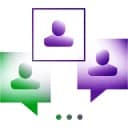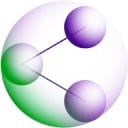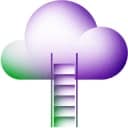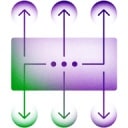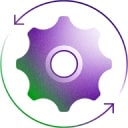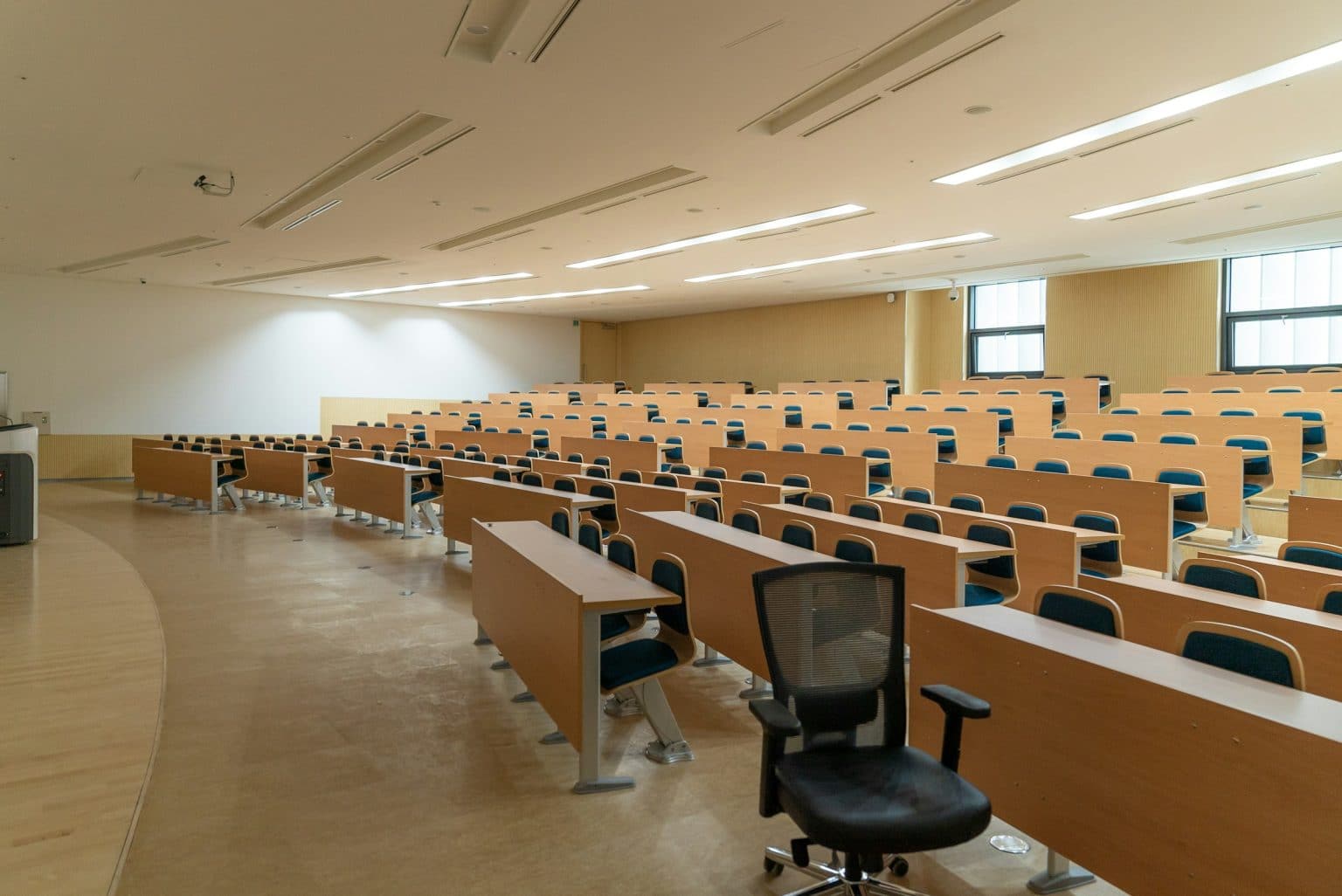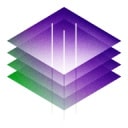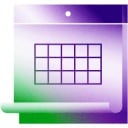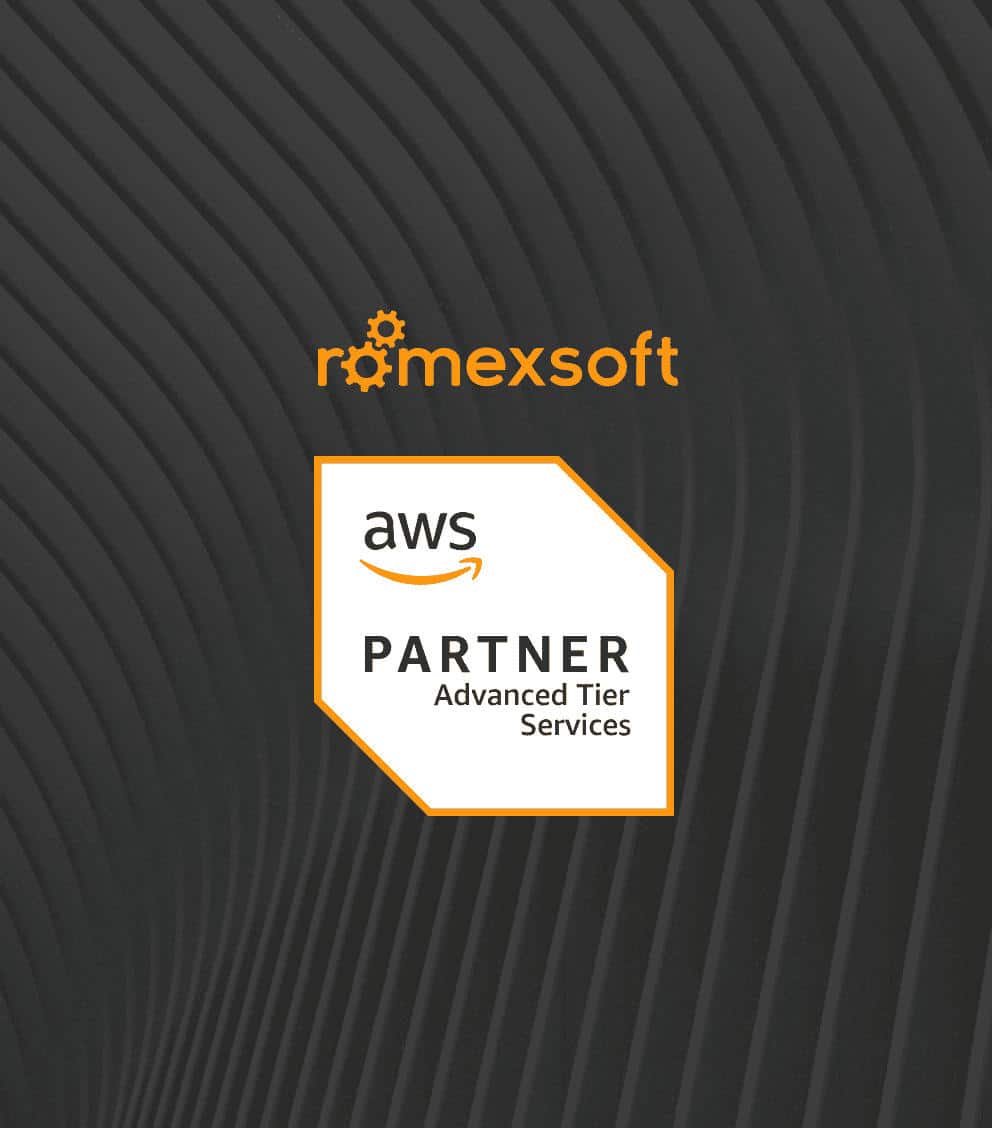SaaS Development Services
Our SaaS Development Services cover the full lifecycle of designing, developing, deploying, and maintaining cloud-based applications – built to integrate smoothly with existing systems, engage users effectively, and support scalable customer-facing operations.
Scope of SaaS Application Development Services We Offer
We provide full cycle SaaS development – from initial idea validation to deployment and scaling, helping businesses launch reliable and secure, cloud-native software.
Develop multi-tenant SaaS applications designed for performance, scalability, and long-term maintainability. Solutions are tailored to your specific business logic, user roles, and operational workflows.
Our experts provide guidance on SaaS product strategy, technical architecture, and scaling models. Engagements focus on aligning platform design with business objectives and cloud-native best practices.
We design SaaS with clear data flows, robust isolation, and built-in CI/CD, and observability, so you can onboard new tenants effortlessly while keeping their data isolated and costs predictable.
We assess legacy systems, re-architect them, and transition them to modern SaaS platforms using proven cloud adoption frameworks and migration strategies, while minimizing disruption and aligning with long-term product goals.
Our SaaS solutions experts build secure, well-documented APIs and handle third-party integrations to ensure interoperability, modularity, and smooth communication between components within the SaaS ecosystem.
Continuous monitoring, performance optimization, and regular updates ensure operational efficiency, which contributes to revenue growth, supports ESG goals, and minimizes business and technical risks in the long term.
How Can You Benefit from SaaS Development
Choosing SaaS development unlocks the next strategic advantages for businesses building modern, cloud-based products that create a strong foundation for sustainable growth and efficient, service-oriented operations.
Start Building a Scalable SaaS
We help companies build secure, cloud-native applications with speed and confidence.
Featured SaaS Solutions Case Studies
Explore SaaS projects we've delivered.
Our Value as a SaaS Development Company
Organizations choose us for our structured development process, technical clarity, and commitment to SaaS product reliability and performance.
We cover the end-to-end development ensuring continuity and technical alignment at every stage.
Agile delivery and SaaS-ready frameworks let you launch faster and start driving impact sooner.
We design scalable, maintainable SaaS solutions that optimize long-term costs.
SaaS Development for Diverse Business Domains
We build products for companies across various sectors, with a focus on developing and operating best-in-class SaaS software development on the cloud. Our approach adapts to the unique workflows and goals of diverse business domains.
Engagement Models for SaaS Application Development Services
Romexsoft offers two flexible outsourcing collaboration options customized for your organizational structure, project scope, and in-house resource capabilities.
Technologies Powering Our SaaS Solutions
How We Build SaaS Applications
Building a successful SaaS (software as a service) application takes a structured, reliable customer-centric approach. Our SaaS development team ensures every solution is scalable, secure, and maintainable from the ground up. Our process centers on clear communication, close collaboration, effective project management, and consistent code quality. This way, we help reduce risks and deliver long-term value.
The SaaS journey begins with a business-first approach: defining the target customer, desired service user experience, and long-term operational goals. This stage focuses on validating the service model – not just the feature set – through market analysis, customer interviews, and rapid prototyping. Critical elements such as onboarding flow, time to first value, and monetization roadmap are addressed early to ensure the offering is service-ready from the outset.
Product planning integrates service experience attributes (e.g., self-service onboarding, real-time observability, tenant isolation) directly into the architecture and backlog. Technical decisions at this stage include choosing between silo or pooled tenancy models, addressing tiering strategies, and planning for multi-tenant-aware components like identity, metering, billing, and support telemetry. Product and engineering teams align architecture with operational goals, recognizing that delivering a service means abstracting internal complexity from the customer’s view.
Then, engineering efforts focus on building a robust, multi-tenant architecture that supports configurability, operational efficiency, and tenant isolation. Shared services such as authentication, metering, testimonial collection, and billing are integrated from the outset to enable consistent service delivery. SaaS testing strategies extend beyond functionality to cover scalability, tenant-specific behavior, throttling limits, and fault isolation. Continuous integration pipelines are established to support frequent deployments, with automated tests validating both core features and service-level guarantees across tenants. The goal is to create a reliable foundation for rapid iteration while maintaining a seamless and consistent experience for every user segment.
Launch readiness in a SaaS context goes beyond a functional release. It requires automated provisioning, tenant registration, and integration with operational infrastructure (e.g., observability, alerts, incident response). Feature flags, progressive rollout strategies, and safe deployments are used to minimize risk across tenants. Initial launches are designed to simulate the full SaaS experience, even if architectural modernization is still in progress – emphasizing perception of service over structural completeness.
Post-launch operations focus on continuous delivery of value, not just bug fixes. Real-time metrics, SLA adherence, tenant health scoring, and customer usage insights drive iterative improvements. Shared operational capabilities, such as usage analytics, billing systems, and identity management, support all tenants and are centrally maintained by platform, engineering, and product teams. These teams evolve to sustain both product functionality and the broader service delivery model, prioritizing observability, operational efficiency, and long-term customer retention.
SaaS Product Development Services Q&A
For a basic, single-module SaaS MVP, development costs usually start at $10,000 – $20,000. Most fully featured, custom SaaS products fall between $50,000 and $150,000, while large-scale, enterprise-grade platforms with advanced analytics, multi-tenancy, or strict compliance can even exceed $1 000 000.
The exact figure depends on scope, feature depth, tech stack, and the location and seniority of the development team, and you should also budget an additional 15–25% per year for hosting, support, and continuous updates.
A basic SaaS MVP can be ready in 3-6 months, while a full-featured product with multiple modules and integrations typically needs 9-18 months. If the solution is highly complex or enterprise-grade – requiring advanced analytics, strict compliance, or extensive scalability – it may take 18 months or more to reach production.
Yes, Romexsoft can deliver complex support and maintenance for all SaaS solutions we develop. Our dedicated team handles timely bug fixes, system updates, performance optimization, and continuous monitoring – backed by 24/7 DevOps support to ensure your application stays secure, stable, and highly available at all times.
A typical SaaS architecture separates responsibilities into a control plane and an application plane. The control plane hosts global services such as onboarding, authentication, tenant management, operations, and analytics, allowing administrators to manage the entire platform through one unified interface; these services serve every customer but run in their own single-tenant context. The application plan contains the multi-tenant application itself along with its backend services and handles the automated provisioning of each tenant’s resources.
SaaS startups need the following core features: user authentication, billing systems, multi-tenancy (separating customer data), monitoring tools, automated backups, and basic security measures. As you grow and target enterprise customers, add new features such as single sign-on, compliance tools, high availability systems, analytics dashboards, and API integrations.
Discover services and expert insights to support your next strategic or technical decision.

